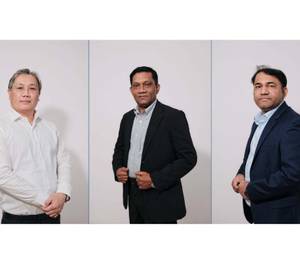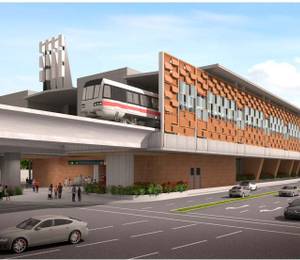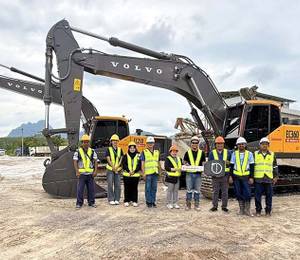Blueleaf Energy and SunAsia Energy have secured contracts from the Philippine government to build and operate the world’s largest floating solar project in the Philippines, which has a cumulative capacity of 610.5 MW.
In its press release, Blueleaf Energy said the Department of Energy (DOE) has issued the first set of Solar Energy Operating Contracts (SEOCs) for a total of 1.3 GW in floating solar projects.
In September 2022, Blueleaf Energy – which is headquartered in Singapore – signed a Letter of Intent (LOI) during President Ferdinand Marcos Jr. state visit in Singapore. The company made a commitment to significantly increase its sustainable infrastructure investments in the Philippines.
In partnership with the Philippines-based SunAsia Energy, Blueleaf Energy is jointly developing the large-scale floating solar facility on Laguna Lake, spanning the growing cities of Calamba, Sta. Rosa and Cabuyao, and the towns of Bay and Victoria.
Raghuram Natarajan, CEO of Blueleaf Energy, said that “as an active investor in sustainable infrastructure in the Asia Pacific region, we believe the Philippines holds great potential to add significant renewable energy capacity to its energy mix and at the same time delivering green energy at an affordable cost compared to fossil fuels.”
With the country’s recent announcement on the removal of foreign ownership restrictions, Mr Natarajan said it is “an important step in attracting the much-needed foreign direct investments in the Philippine renewable energy (RE) sector to accelerate the energy transition for meeting the country’s decarbonisation and net zero targets.”
This will “not only contribute to the country’s RE goals, but also spark green job growth locally during construction and the long-term operations of these floating solar projects, enable local supply chains through the manufacturing of critical components and bring about notable benefits to the local community,” added Mr Natarajan.
Tetchi Capellan, president and CEO of SunAsia Energy, noted that “land use is becoming a big issue for renewables.”
“People are worrying about competing uses of land, and in some markets, you might struggle to find land,” he said. “There is a strong incentive to build on water as the Philippines gears up for an ambitious 46 GW solar energy installations in 2040 and at the same time, increase power supply in the country.”
Since 2019, SunAsia Energy has been operating a testbed on Laguna Lake to study the behaviour of waves, the movement of wind, the intensity of the sun, as well as the variability of the temperature in the locality. The wealth of experience has contributed to the growing knowledge of floating solar panels on the lake.
SunAsia Energy further explained that like land-based systems, floating solar panels generate electricity from the sun’s rays; but the bodies of water that these farms rest on also help to cool the panels, allowing them to be more efficient than terrestrial solar, according to the Environmental and Energy Study Institute.
Since its inception in 2013, SunAsia Energy has partnered with various entities to develop solar projects in the Philippines, including the 60 MWp Toledo solar project in Cebu and the 20 MWp Dagupan solar project in Pangasinan.
In the last two decades, Blueleaf Energy has also developed and built almost 2 GW of solar capacity across the globe, including 250 MW in the Philippines. The company currently has over 7 GW of solar, wind and storage project pipeline throughout the Asia Pacific region.











